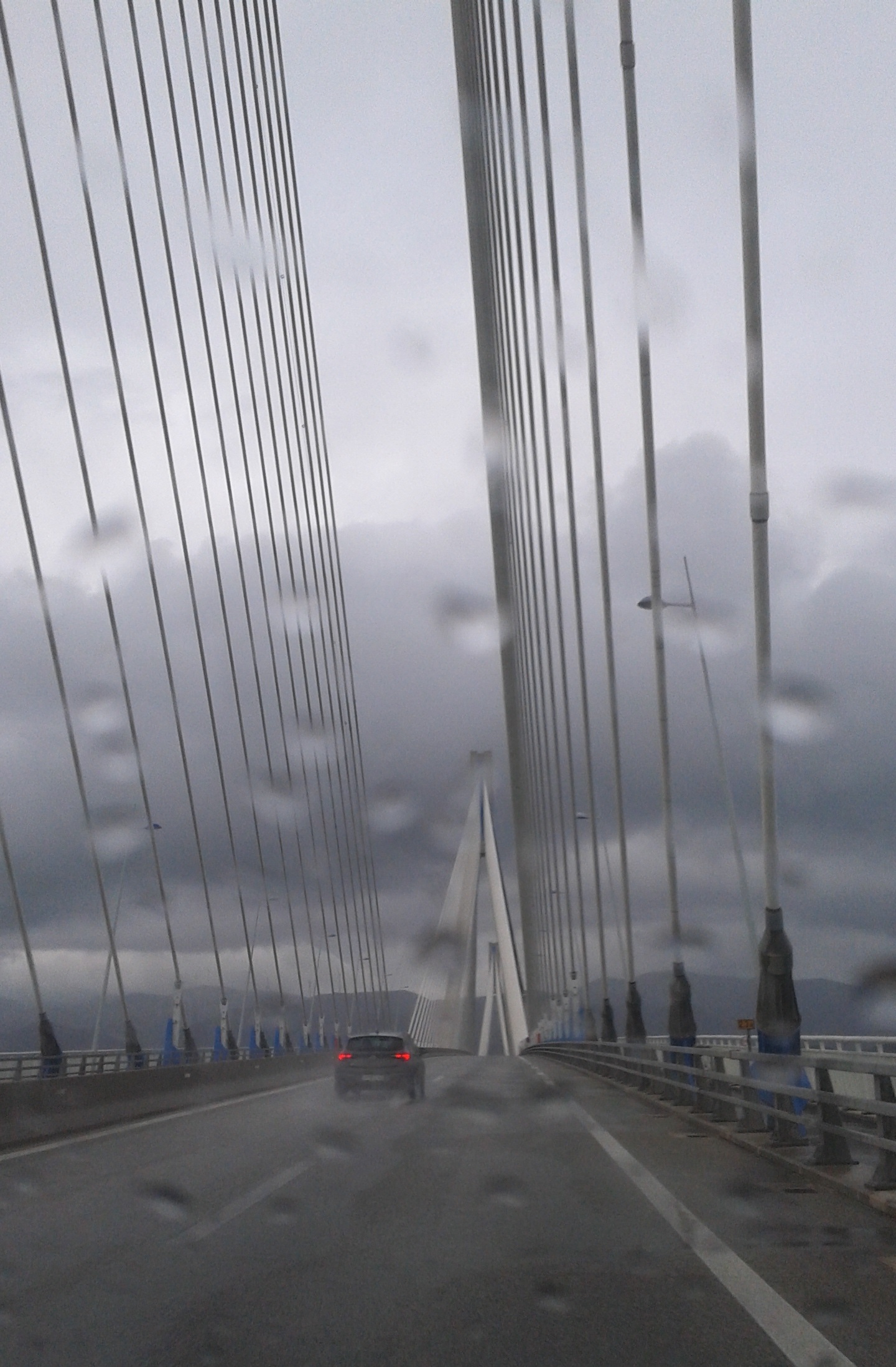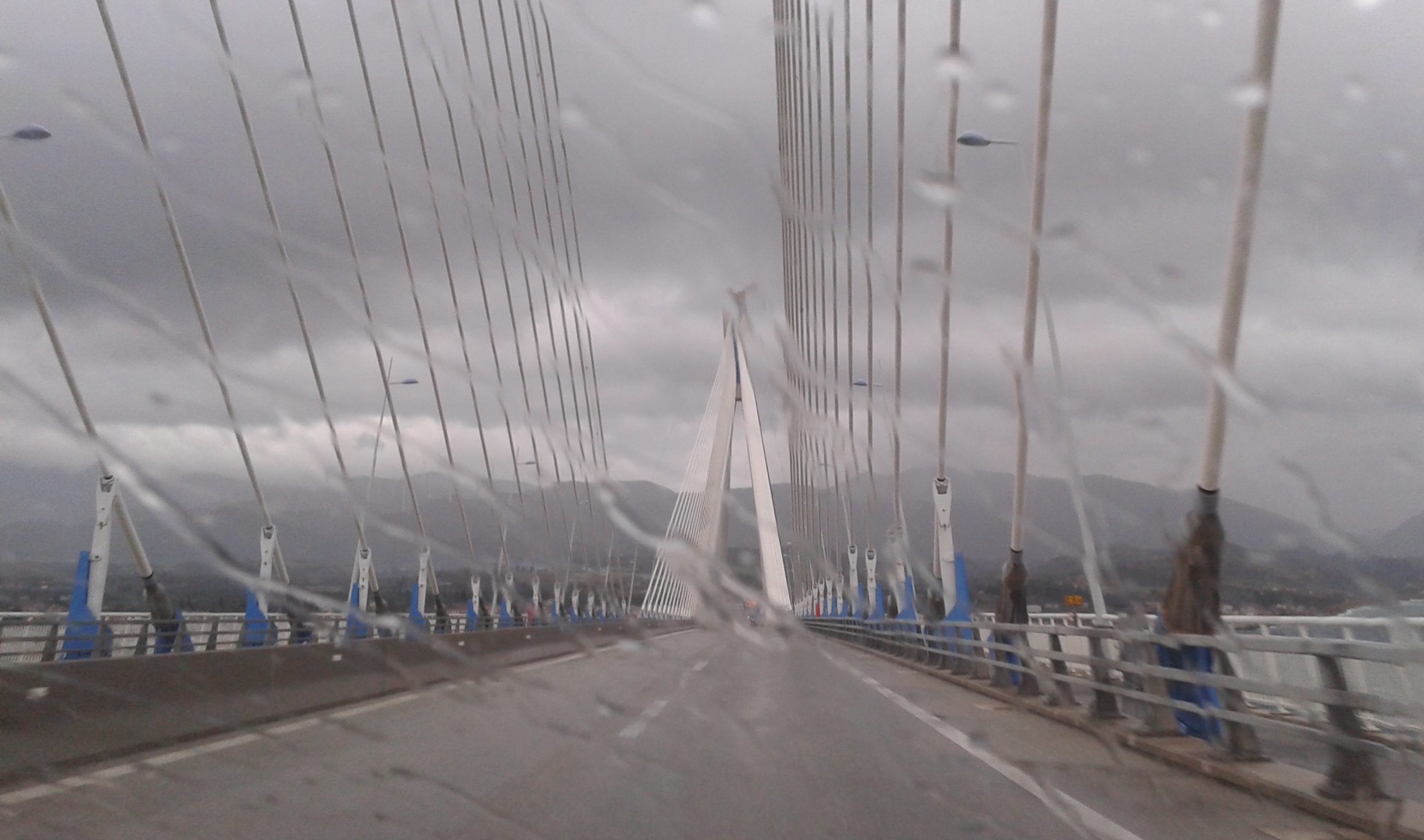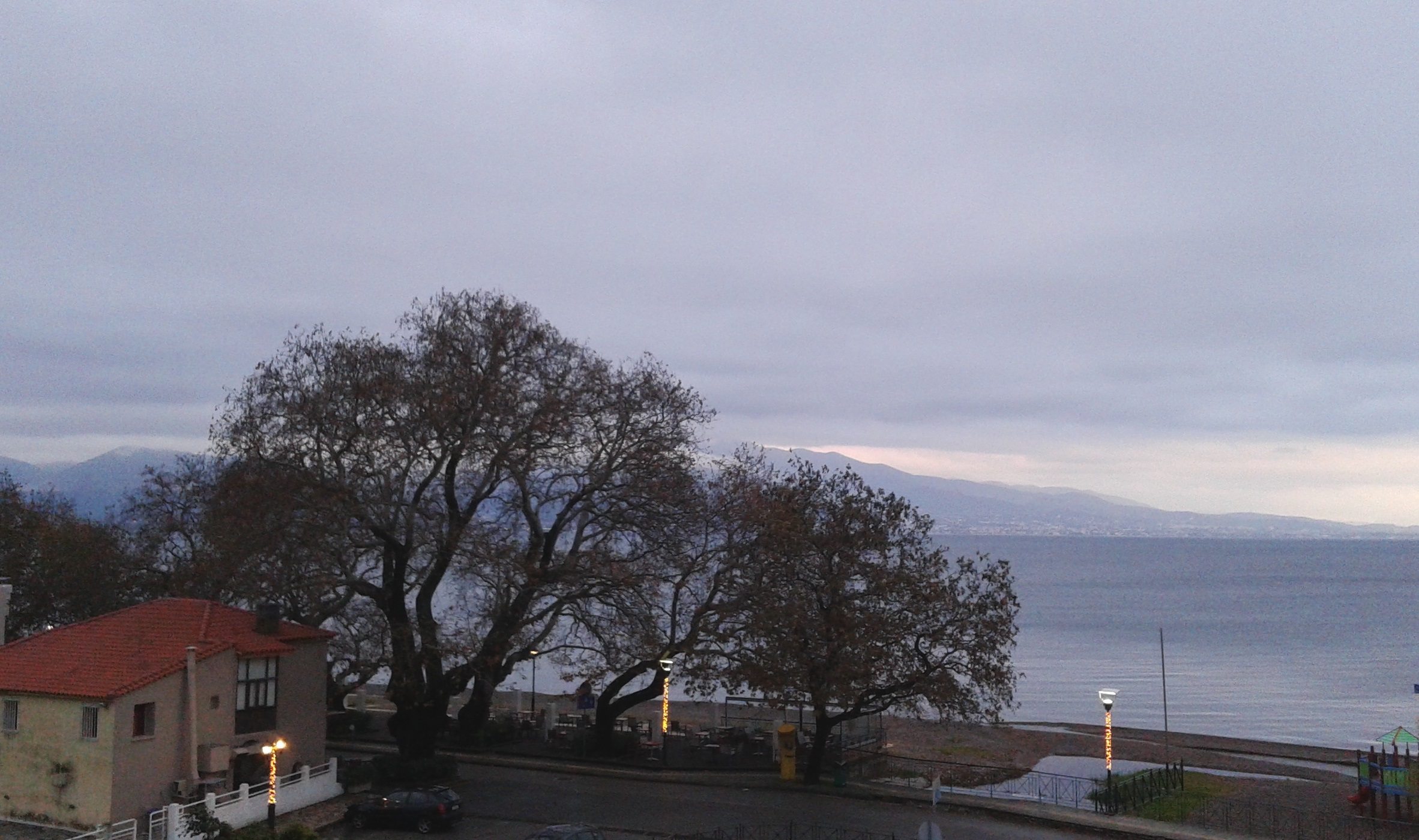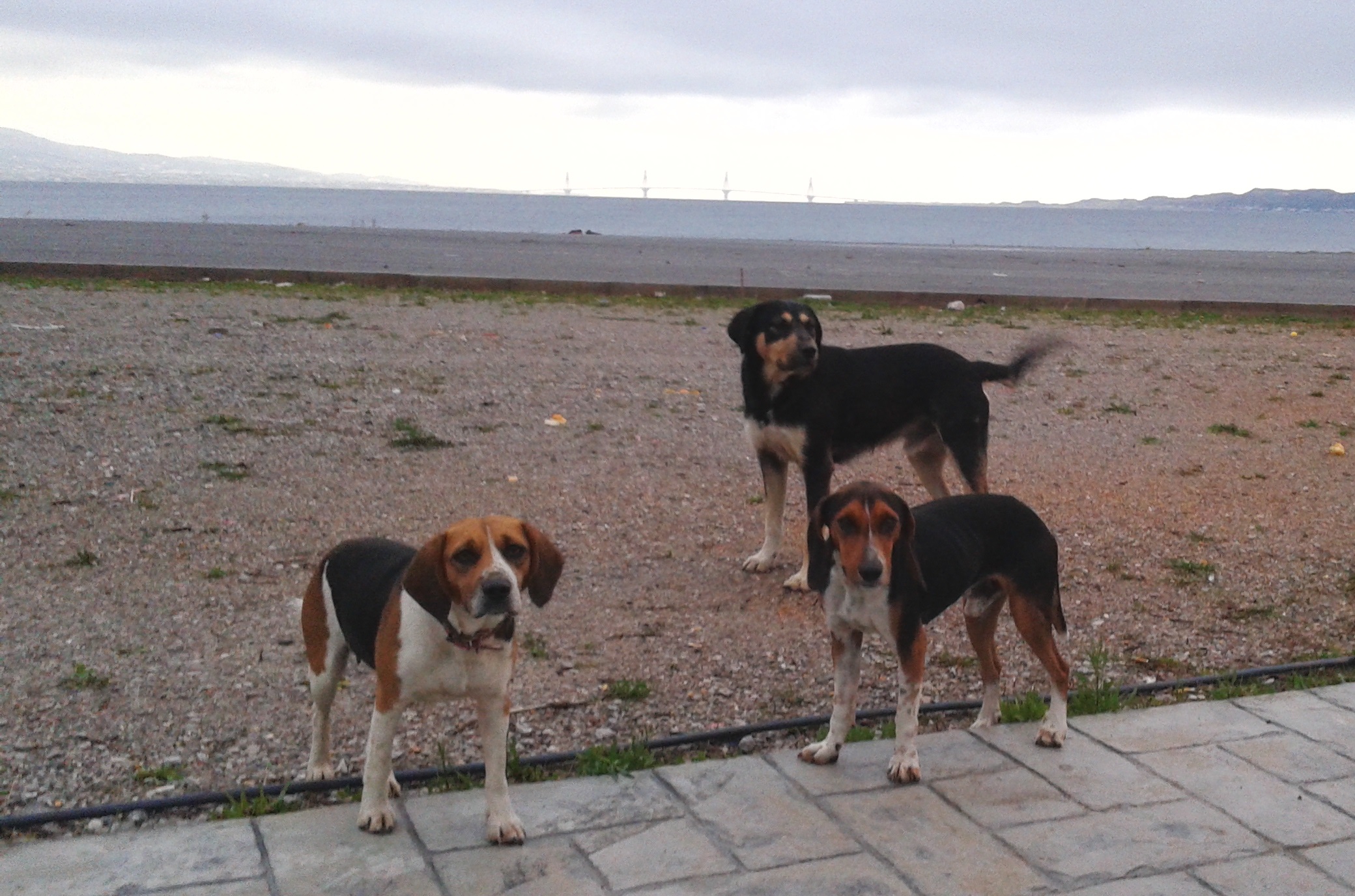
I have just come back from a short, but seemingly long trip that involved a lot of travelling and things to do, all crammed in the span of a few days. With a sigh of relief the first thing I saw on my return was all five adolescent cats, snuggling in the basket next to our front door. Our cat also appeared several hours later, a bit thinner but in good shape. I went back to my father’s hometown to visit my mother’s grave, and also, sort out matters that I had not tended to after her death two years ago. Apart from the running around from office to office and place to place I visited the burial site and places I had existed in my early adolescence and youth. I re-embraced grief and the permancy of her death and other things, and I also encountered the very younger me in the same spatial contexts, but from the place of where I stand and what I know today. And it felt as some letting go, integration or / and expansion were taking place. Had I known in previous times what I know now I would probably have done a lot of things differently, but we often don’t just know when we are in the midst of something that there are probably more options and that dynamics are way more complex and things are more interconnected than we imagine.
I am posting some photos that I took from a mobile phone. I had planned on taking more, especially from the burial site, which has a stunning view of the town and the sea, but it was rainy and we encountered mist as we drove further up. The bridge, designed by a famous architect, which joins one part of the mainland to the other is awe inspiring. Whereas, on the island where I live it is common to see stray cats everywhere, here we met a lot of stray dogs instead, especially, in certain beach areas, and maybe because it’s the Xmas season they reminded me of Jack London’s story of White Fang and the metaphor of the white dog of goodness and the black dog of badness, a story I have referred to in other posts. Anyway, on returning home and after reorganizing my files and PDFs on my computer screen, which had been kind of scrambled and mixed up (hopefully nothing too important has been lost since I had remembered to back up the important stuff and what I was writing thanks to a very recent podcast I had listened to by Kelly Notaras about the necessity to engage in backing up one’s work often…. just in case…). As I was reading emails and newsletters I came across the story of the wolf of love and the wolf of hate in Rick Hanson’s newsletter, Just One Thing. He writes: ‘I once heard a teaching story in which an elder, a grandmother, was asked what she had done to become so happy, so wise, so loved and respected. She replied: “It’s because I know that there are two wolves in my heart, a wolf of love and a wolf of hate. And I know that everything depends on which one I feed each day’. We all have both wolves in our hearts and how we are in the world depends on which one we are nourishing more at any given time. He writes that we all have these dogs because we evolved them, since both wolves were necessary to keep our ancestors alive. He explains how ‘until just 10,000 years ago, for millions of years primates, hominids, and early humans lived in hunter-gatherer groups that bred mainly within the band while competing intensely with other bands for scarce resources. Therefore, genes got passed on that promoted better cooperation inside a band and better aggression between bands…..’ and that ‘researchers have found that about 12-15% of hunter-gatherer men died in conflicts between bands – compared to “just” the 1% of men who died in the many bloody wars of the 20th century’. In many ways it is natural to fear those different than ourselves or those that belong to other groups. Rick Hanson mentions that ‘it’s natural to fear the stranger – who, back in the Stone Age with no police around, was often a lethal threat. The related impulse to dehumanize and attack “them” also worked well (in terms of passing on genes) for millions of years. Today, you can observe the wolf of hate all around us, in acts of thought, word, and deed. For example, as soon as we see others as “not my tribe,” ……. And then if we feel at all threatened or mistreated or desperate, the wolf of hate jumps up and looks for someone to howl at or bite…..’ but, ‘while the wolf of hate was vital back in the Serengeti, today it breeds alienation and anger, ulcers and heart disease, and conflicts with others at home and work’.
Moreover, today, we are more interconnected than ever through the interdependency of our economies, technology, extensive travelling and via the internet. As Rick Hanson writes ‘when a flu mutation in Hong Kong can become a worldwide epidemic, when bank problems in Greece roil the global economy, when carbon emissions in one country heat up the whole world – when we fear or dehumanize or attack “them,” it usually comes back to harm “us.” So what are we to do? Well, maybe we can start by allowing space for others perceived as different from us to exist in peace. Viewing diversity as interesting rather than threatening can bring about more harmony. Sitting with our fears and anger is another huge thing. Recognising that we feel these things and exploring causality or the origins of these fears and tendencies is a huge step. Could it be our early experiences and conditioning or ignorance that makes us judgmental, fearful, hateful, aggressive and even lethal? Once we become aware and present there is a higher chance of responding in more effective and less aggressive ways. During the trip something came up that required of me to set boundaries and speak my truth, but because I was feeling indignant and hurt and because I was shouted at, and as we all know shouting can often trigger underlying fear in us, I resorted to a more aggressive stance than I had intended to when I had entered the funeral home. If I had allowed a little time before responding I would have felt more centred and less threatened, which then could have allowed me to speak my truth, set boundaries and respond in a firm, but less confrontational way. For instance, in another context, while I was getting papers sorted out the employee assisting me made some inappropriate comment even though she was a stranger to me, but because I was calm and centred I focused on the good, the fact that she was also doing her work, and so I allowed the indiscretion or insensitivity to pass.
We also need to feed the wolf of love to fend against our aggression, impatience, resentment or anger, and in order to increase our patience, centeredness, kindness, courage, sense of safety, inner strength and resilience. Rick Hanson suggests some ways of feeding the wolf of love like ‘taking in the good of everyday experiences of feeling seen, appreciated, cared about, even cherished and loved…… by practicing compassion for ourselves and others….. by recognizing the good in other people,,,, by sensing the goodness inside our own heart, and by letting that sense of truly being a good person – not a perfect person, but a good person – also sink in’. Finally, we can take in the tons of good that is happening in the world instead of being defeated by the darkness and the hate that we witness or the depressing News we are bombarded with. Quoting Rick Hanson ‘ we need to hold on to what we know to be true in spite of the brain’s tendency to focus on threats and losses, and in spite of the age-old manipulations of various groups that play on fear and anger – that feed the wolf of hate – to gain or hold onto wealth and power’. For it is only through connection, respect for each other’s right to exist authentically, and honoring the qualities that Creation has endowed each one of us with that we can be strong, healthy and happy, As, J.K. Rowling writes: ‘we are as strong as we are united, as weak as we are divided’. Aggression, competition, violence, segregation, greed, control and manipulation, but also, ignorance, at a mass level have brought us as a species and the planet we are part of to a very precarious place. Maybe then the healthiest and most intelligent thing to do is to explore a different and more advanced way of being and doing. Maybe we need to re-examine cultural practices and values we take for granted and cultivate our capacity for empathy. And maybe we need to honor our authenticity and take a stance and stand up in any way we can against the massive bullying and misleading. I will end this longish post with a quote from Van Jones. He says that “I don’t think an authentic stand comes from your head. I think an authentic stand comes from your heart. If your child is sick, right? Something happens in you to make a miracle, to make a miracle. It has nothing to do with the facts. And that’s all that’s required is your child my child your grandchild, your child’s child’s child – they’re in peril. And if you start thinking about it, you’ll sit down. But if you feel it you’ll stand up! That’s the amazing thing about this thing. It’s that it’s when you stand up you license other people to stand up. Now you standing up by yourself don’t make a dad-gum bit of difference in the rational world. You’re just one fool standing up. But if you’ve ever seen a standing ovation, it starts with one fool standing up. And then pretty soon the whole stadium is standing up. And it’s a different moment!”



